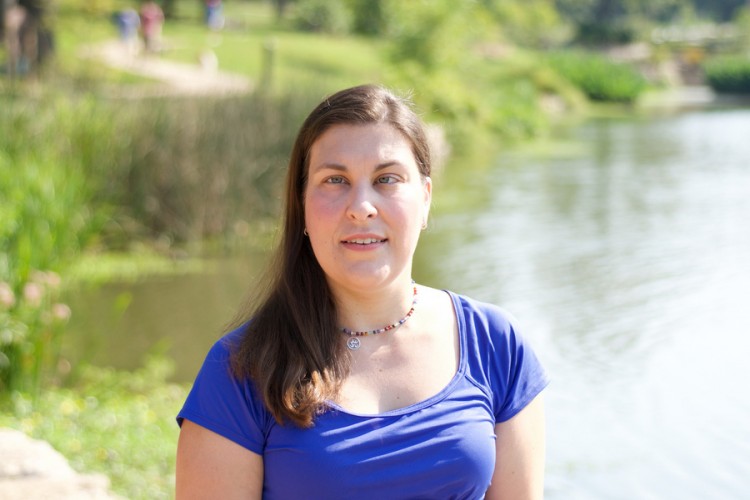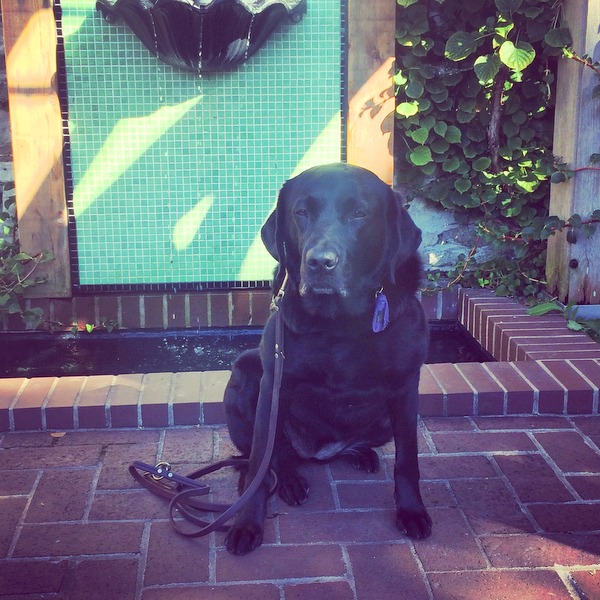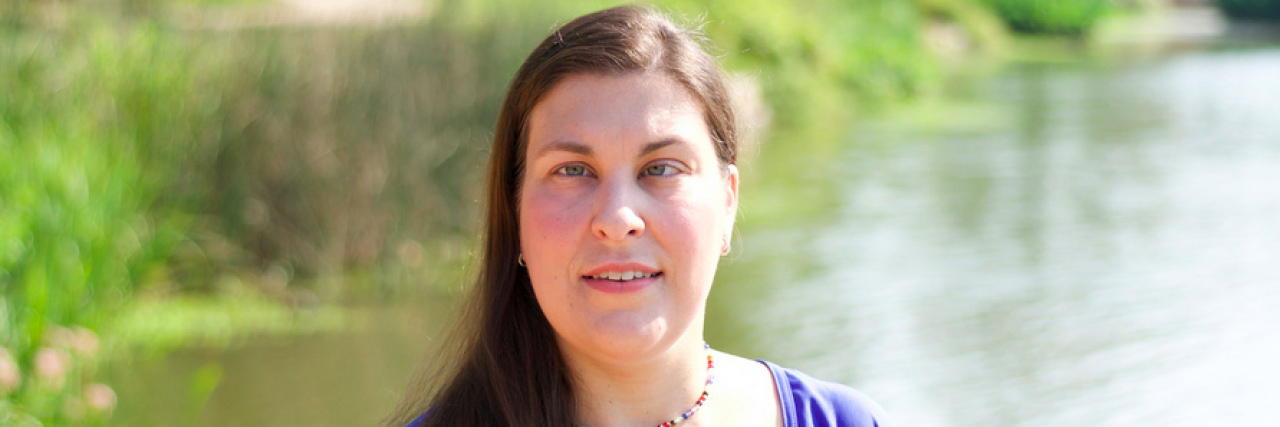When you encounter me going about my daily life, you probably notice two things right a way. I’m either traveling with the help of a canine or using a long white cane — and I can see.
I don’t fit most people’s image of a blind person. I look at things.
There are numerous terms to describe those of us who live between the worlds of the fully sighted and totally blind: low vision, visually impaired, legally blind and partially sighted.
Some who are partially sighted identify with the blind community. Others do not. Like our amount of residual sight, most of us are somewhere in between. We live in a gray area. It’s a confusing, ever-changing place where people can see some things, but not others. While what each of us can see can vary, we all have some things we’d like you to know:
1. Blindness doesn’t always mean total darkness.
Only about 15 percent of people who have a blindness diagnosis have no light perception, according to the American Foundation for the Blind. Most of us see something even if it’s just being able to tell the difference between light and dark. There are two types of impaired vision: acuity (how clear things are) and field of vision (how much of an environment you see at once without moving your eyes or head). Individuals can be legally blind based on either or both of these factors.
For most of my years growing up, I was legally blind due to severely restricted fields. Technically, my field of vision is less than 2 degrees. That’s roughly the size of a pinprick. If I could find it, I could see it. That meant I could read street signs, but I’d probably fall down a curb.
Now my acuity has also fallen into the legally blind territory. Because of my severely restricted field of vision, it’s difficult to even obtain an acuity reading. When I look at the big “E” on an eye doctor’s chart, I don’t see the whole letter at the same time. On a good day, I can put the puzzle together and see that it’s actually an “E.” On a bad day, I can see there’s something there, but I couldn’t tell you if it was a letter or lamppost. Most of the time, we settle and say my acuity is worse than 20/200 and call it a day.

2. There is no easy answer to the question, “So what can you see?”
Some people who are legally blind have experienced full sight. Then others, like me, have no concept of what it’s like to have “normal” vision. The answer to the question, “What can you see?” is a complicated one. Some people see colors or shadows. Others may see parts of things and spend their life figuratively putting together the pieces of a puzzle. Some people may be able to see a tiny speck of paper on the floor but will run into a chair that wasn’t pushed in.
For many people with reduced acuity, their sight may be dependent on both internal and external factors. The lighting in a room, the weather outside and how tired they are can all affect how well someone can see. I often joke that whether I can see something depends on the alignment of the sun, moon and stars and whether Mercury is in retrograde. Never knowing if I will be able to see something today that I could see yesterday is confusing for me and those around me. I’d rather you err on the side of me not seeing something. That way we can both be pleasantly surprised if I can.
3. We learn to use our residual sight.
I happen to be rather partial to the fact that I can see some things. I like to look at things. When I was learning to use a long white cane as a mobility aid, one of the things my instructor taught me was to let the cane do the work and let my sight compliment what I was feeling with my cane. She taught me to use my cane to locate objects and my vision to see them. Now that I primarily travel with a guide dog, I let my dog keep me moving in a straight line while I use my eyes to find the landmark I need to tell my dog where to go. The same thing applies indoors. I let my dog take me around people and displays to help me find the general location of items I purchase frequently. Then I use my residual sight to find the exact item I need. It’s a win-win.

4. We benefit from accurate verbal directions and descriptions.
Yes, I can see something, but I don’t see more than I can actually see. Phrases like “over there” mean nothing to me other than it’s “not where I’m standing right now.” I may need your help even, or perhaps especially, when I’m traveling with the help of my guide dog. I might even get lost in a familiar area.
If I ask for directions or help locating something, please use words to describe where things are in relation to where I am and how I am oriented. Phrases like “behind you and to your right” tell me much more than “back there.” Likewise, telling me the store I’m looking for is still another block down, across the street and just past the train tracks provides me with excellent landmarks to help find my way. Just use clear adjectives and directional phrases, and I’ll be on my way.
5. We’re not faking.
Please don’t accuse someone who is partially sighted of faking their blindness. We aren’t a social experiment. The last thing we want is extra special attention. We are men and women, mothers and fathers, daughters and sons who have a condition where we live in the gray area of the world. We work hard with what we have. We get frustrated. We rejoice. We compensate and compromise. A medical professional has run tests. Maybe glasses or contacts help. Maybe they don’t. Maybe we use a long white cane just in unfamiliar areas and travel without a mobility aide in areas we know well. I regularly travel to my mailbox without the aid of dog or cane. I know the route well.
So when someone asks me, “Are you really blind?” I take a deep breath before I reply. I spend my life figuratively putting together the pieces of a jigsaw puzzle to get some visual semblance of my world. Have you ever tried to put together a jigsaw puzzle without having a picture of what you were putting together? That’s what every day is like for me, except I don’t even know if I have all the pieces.
The next time you encounter someone who is partially sighted and curiosity is getting the better of you, remember that blindness is a spectrum and an individual experience. If you ask about a person’s visual impairment, and I encourage you to, be open to an out-of-the-box answer because the person you asked is stepping outside of their box for your benefit.
Images via contributor

